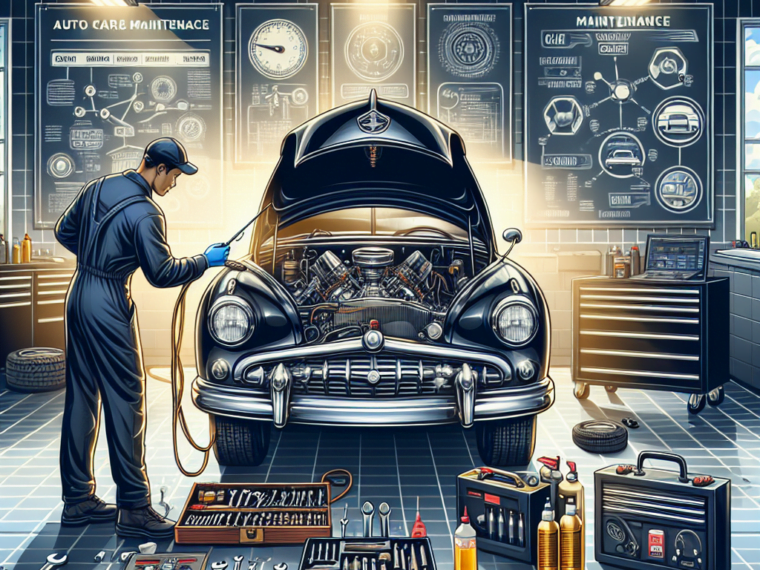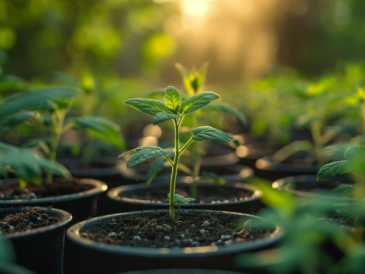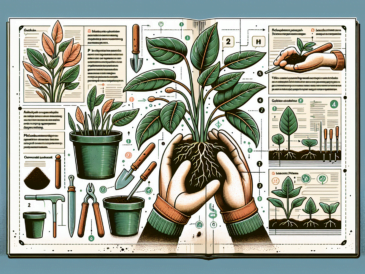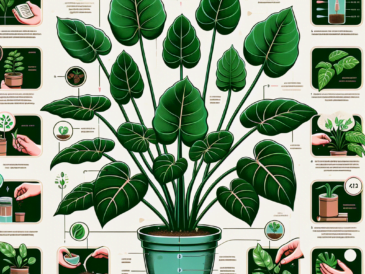I. Introduction
When it comes to taking care of your car, regular washing and maintenance are crucial. Not only does it keep your vehicle looking good, but it also helps to preserve its value and performance. This book provides comprehensive guidance on car care and maintenance, covering everything from basic washing techniques to more advanced maintenance tasks.
Importance of Car Washing and Maintenance
Regular car washing is essential for removing dirt, grime, and contaminants that can damage the paint and finish of your vehicle. It also helps to prevent rust and corrosion, prolonging the lifespan of your car. Maintenance tasks such as oil changes, tire rotations, and fluid checks are equally important for ensuring optimal performance and safety.
Overview of the Book’s Content
This book is a valuable resource for car owners, offering practical advice on how to maintain and care for their vehicles. It covers topics such as proper washing techniques, interior cleaning, routine maintenance schedules, and troubleshooting common issues. Whether you’re a novice or experienced car owner, this book has something to offer for everyone.
II. The Basics of Car Washing
When it comes to car care and maintenance, one of the essential tasks is washing your car. Choosing the right cleaning products is crucial to ensure that your car’s paint and finish are protected. Look for pH-balanced car wash soaps and avoid using household detergents that can strip off the wax and damage the paint. When hand washing your car, proper techniques are important to prevent scratching the surface. Use a soft microfiber wash mitt and start from the top of the car, working your way down in straight lines to avoid swirl marks. Additionally, using a two-bucket method can help prevent dirt and debris from being transferred back onto the car’s surface. If you prefer using a car wash, be mindful of the type of car wash you choose. Touchless car washes are generally safer for your car’s finish compared to those with brushes that can cause scratches. By following these basic car washing tips, you can keep your car looking clean and well-maintained.
III. Exterior Maintenance
When it comes to car care and maintenance, it’s important to pay attention to the exterior of your vehicle. This involves understanding the different types of paint and finishes, as well as employing the right techniques for waxing and polishing. Additionally, knowing how to deal with scratches and swirl marks is essential for keeping your car looking its best.
Understanding different types of paint and finishes
Not all car paints and finishes are the same, so it’s important to understand the specific type used on your vehicle. Whether it’s a metallic finish, matte paint, or clear coat, knowing the characteristics of your car’s exterior can help you choose the appropriate maintenance products and techniques.
Techniques for waxing and polishing
Waxing and polishing are crucial steps in maintaining the exterior of your car. Using the right products and techniques can help protect the paint, restore shine, and keep the surface looking smooth and clean. Understanding the proper way to apply wax and polish can make a significant difference in the overall appearance of your vehicle.
Dealing with scratches and swirl marks
Scratches and swirl marks can detract from the overall appearance of your car. Knowing how to effectively address these imperfections, whether through touch-up paint, scratch removal products, or professional detailing services, can help keep your car looking its best and maintain its resale value.
IV. Interior Maintenance
Interior maintenance is an essential aspect of car care, ensuring that the inside of your vehicle remains clean and well-maintained. This includes cleaning and conditioning leather upholstery, vacuuming and cleaning carpets and mats, and maintaining the dashboard and trim.
Cleaning and conditioning leather upholstery
Regular cleaning and conditioning of leather upholstery is crucial to keep it looking new and to prevent it from drying out and cracking. Use a leather cleaner to remove dirt and stains, followed by a leather conditioner to keep the leather supple and moisturized.
Vacuuming and cleaning carpets and mats
Regular vacuuming of carpets and mats helps to remove dirt, dust, and debris that can accumulate over time. Additionally, using a carpet cleaner or shampoo can help to remove stubborn stains and odors, keeping the interior fresh and clean.
Maintaining dashboard and trim
Keeping the dashboard and trim clean and well-maintained not only enhances the overall appearance of the interior but also helps to protect the surfaces from damage. Use a gentle cleaner and a soft cloth to remove dust and grime, and consider using a protectant to prevent fading and cracking.
V. Engine and Mechanical Care
Regular maintenance of your car’s engine and mechanical components is crucial to ensure its longevity and performance. By following a few simple tips, you can keep your vehicle running smoothly and avoid costly repairs.
Importance of Regular Maintenance
Regular maintenance is essential to keep your engine and mechanical systems in good working condition. It helps prevent breakdowns, improves fuel efficiency, and extends the lifespan of your vehicle.
Checking and Changing Fluids
Fluids such as engine oil, coolant, and transmission fluid play a vital role in keeping your car’s engine and mechanical components lubricated and cool. Regularly checking and changing these fluids according to the manufacturer’s recommendations is crucial for the proper functioning of your vehicle.
Tips for DIY Maintenance and Troubleshooting
Performing basic maintenance tasks such as checking fluid levels, inspecting belts and hoses, and replacing air filters can be done by car owners themselves. Additionally, learning to troubleshoot common issues such as strange noises or warning lights can help you address minor problems before they escalate.
VI. Wheels and Tires
When it comes to car care and maintenance, paying attention to your wheels and tires is crucial. Proper tire cleaning and maintenance is essential to ensure the longevity and performance of your tires. Regularly cleaning your tires with a mild soap and water can help prevent the buildup of dirt and grime, while also allowing you to inspect for any signs of damage or wear. Additionally, maintaining the correct tire pressure and rotating your tires at regular intervals can help promote even wear and extend the lifespan of your tires.
Proper tire cleaning and maintenance
Regularly cleaning your tires with a mild soap and water can help prevent the buildup of dirt and grime, while also allowing you to inspect for any signs of damage or wear. This simple maintenance task can help extend the life of your tires and ensure optimal performance.
Wheel care and protection
Protecting your wheels from damage and corrosion is essential for maintaining the overall appearance of your vehicle. Applying a protective coating to your wheels can help prevent brake dust and other contaminants from adhering to the surface, making them easier to clean and maintain.
Tire pressure and rotation
Maintaining the correct tire pressure is vital for both safety and performance. Regularly checking and adjusting tire pressure according to the manufacturer’s recommendations can help ensure even wear and optimal fuel efficiency. Additionally, rotating your tires at regular intervals can help promote even wear and extend the lifespan of your tires, ultimately saving you money in the long run.
VII. Special Considerations
When it comes to taking care of your car, there are some special considerations to keep in mind. These include dealing with environmental factors such as salt and tree sap, maintaining convertible tops and sunroofs, and taking extra care during winter and summer.
Dealing with Environmental Factors
Environmental factors like salt and tree sap can wreak havoc on your car’s exterior. To protect your vehicle, make sure to regularly wash and wax it to remove any salt or sap buildup. Additionally, consider using a protective coating to shield your car from these elements.
Tips for Maintaining Convertible Tops and Sunroofs
If your car has a convertible top or sunroof, it’s important to keep them well-maintained. Regularly clean and condition the fabric or material to prevent any damage or deterioration. Be sure to follow the manufacturer’s guidelines for care and maintenance to ensure longevity.
Winter and Summer Care Tips
Extreme temperatures can take a toll on your car, so it’s crucial to take extra care during winter and summer. In the winter, regularly wash off any road salt and consider applying a protective sealant to prevent corrosion. During the summer, keep your car shaded to protect the interior from sun damage and make sure to check and maintain the cooling system to prevent overheating.
VIII. Advanced Techniques and Tools
When it comes to advanced car care and maintenance, there are several techniques and tools that can take your detailing game to the next level. One such technique is the use of clay bars and detailing clay. These tools are great for removing embedded contaminants and restoring a smooth, clean surface to your car’s paint.
Additionally, polishing and buffing techniques can be used to achieve a high-gloss finish and remove minor imperfections in the paint. Finally, an introduction to professional detailing tools and equipment can help you understand the benefits of using specialized products for more effective and efficient car care.
Frequently Asked Questions (FAQ)
What is the correct order to wash a car?
When washing a car, start by rinsing the vehicle to remove loose dirt and debris. Then, use a car cleaning solution and a sponge or washing mitt to gently wash the surface, followed by rinsing and drying the car with a microfiber towel.
How regularly should you wash your car?
The frequency of car washing depends on factors such as weather, road salt, and driving conditions. As a general rule, it’s recommended to wash your car every two weeks, or more often if it’s exposed to salt, bugs, or bird droppings.
What is the best schedule for cleaning cars?
The best car wash schedule depends on the specific circumstances, but a bi-weekly washing regimen is a good starting point. However, more frequent washings may be necessary in areas with heavy road salt or bird droppings.
How do I manage my car wash business?
Managing a car wash business involves overseeing operations, ensuring quality services, and investing in the right products and techniques. It’s also important to consider the location, weather, and potential hazards that may affect the business.
Do car washes make money?
Car washes have the potential to be profitable businesses, especially when managed efficiently and located in areas with high traffic. However, like any business, there are downsides and considerations to be aware of.
What is a SWOT analysis for a car wash?
A SWOT analysis for a car wash involves evaluating its strengths, weaknesses, opportunities, and threats. This analysis can help identify areas for improvement and strategic planning to enhance the business.
What are the 4 Ps of marketing for a car wash?
The 4 Ps of marketing for a car wash include product, price, place, and promotion. Understanding and effectively implementing these elements can help in attracting and retaining customers.
What are the weakness of a car wash business?
Weaknesses of a car wash business may include seasonal fluctuations in demand, high water and utility costs, potential environmental concerns, and competition from other car washes or alternative cleaning options.
What are the 3 C’s in SWOT analysis?
The 3 C’s in a SWOT analysis refer to company, customers, and competition. These factors are essential in assessing the internal and external environment of a car wash business.
What are the disadvantages of car wash business?
Disadvantages of a car wash business may include high initial investment in equipment and supplies, seasonal fluctuations in demand, potential environmental impact, and the need for continuous maintenance and upkeep of the facility.



